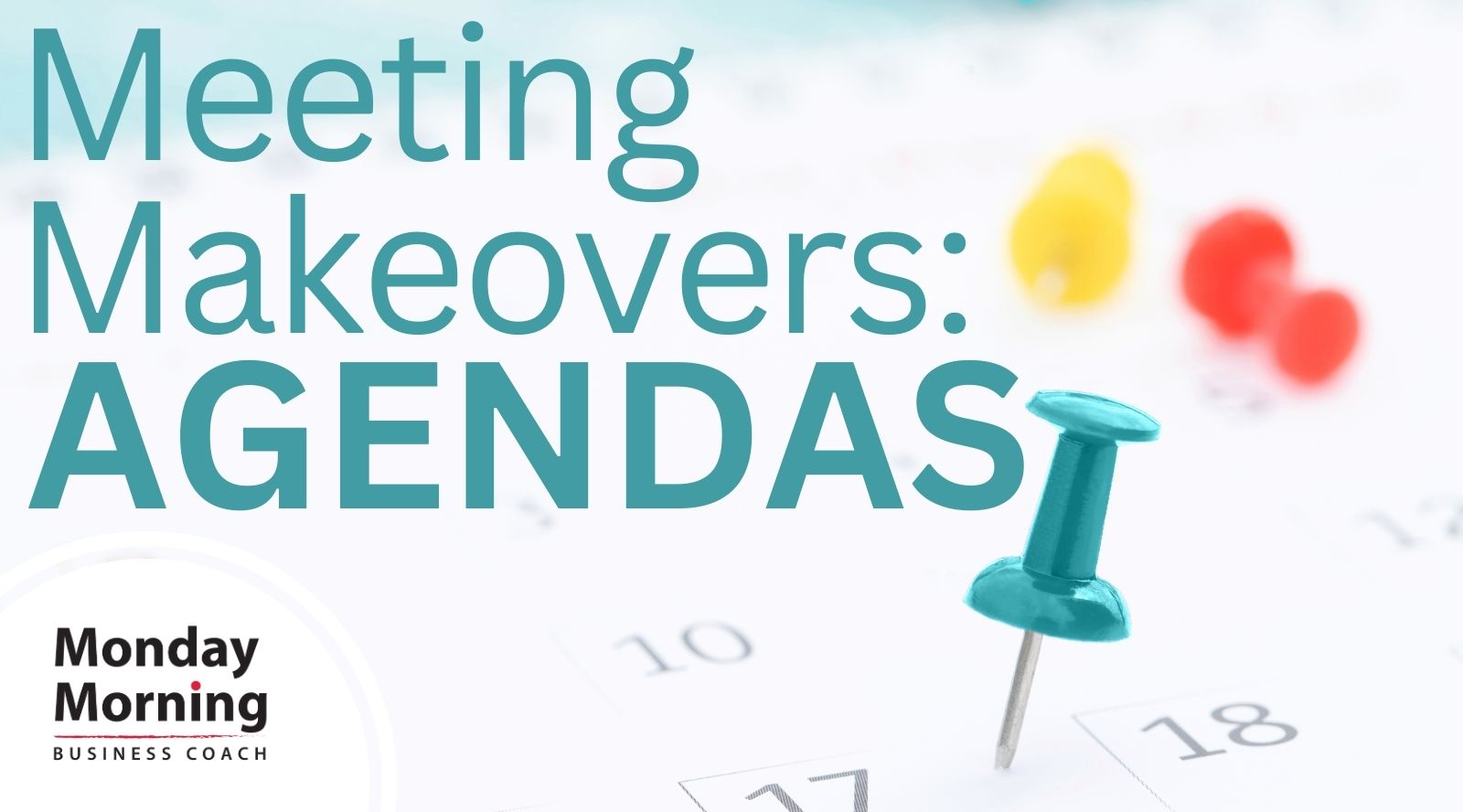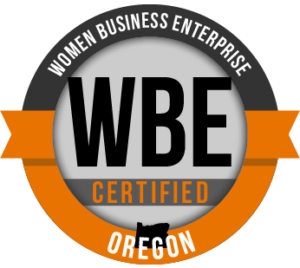We recently started a series to help you think about the meetings you have and whether they’re the right ones to support you in getting the results that you, your team, and your organization need.
Last week, we reviewed our suggestions for auditing your meetings by looking at whether you had the right reasons, the right times, and the right people.
Now that you’ve gone through your list of meetings and kept the ones that aid you in creating organizational and team success, you’re ready to move on to crafting a winning agenda, to support you in leading meetings that are efficient, engaging, and empowering.
Here’s how we think about it:
EFFICIENT
This is one of the biggest challenges in any meeting, so consider the agenda suggestions below.
Reason/Purpose:
- Take a minute at the beginning of your meetings to remind the team why you’re gathered in this particular meeting. While some leaders review their mission or vision at the beginning of their meetings, that doesn’t necessarily help the group stay accountable to the purpose of this particular meeting.
- Even if it’s a long-standing meeting, taking that minute upfront to get the team on the same page can keep off-topic conversations at bay.
Hot Topics:
- These are things that need to be addressed and responded to immediately.
- Hot Topics should always be at the top of the list and have a specific ask and reason for urgency.
New topics:
- There will always be new topics that need to be added to an agenda. When doing so, the leaders (or whomever adds the topic) need to be specific about what they are asking from the group, why it’s important, and how it pertains to the meeting purpose.
- For example, “We’re having a lot of turnover in engineering. I’d like to add time to brainstorm ways to retain them. Then I’ll meet with HR and the head of engineering later this week to discuss what we’ve come up with.” This will garner more input than saying, “Let’s talk about personnel issues in engineering.”
Ongoing Efforts:
- It’s important not to get pulled into the weeds when reviewing the status of ongoing efforts.
- To help guide the group, ask for a quick update on: changes, top successes, top challenges, and next steps.
Parking Lot:
- This is a great space to collect ideas or topics that come up in the meeting that are not on the agenda.
- Be sure to advise the meeting attendees up front, that you’re putting this in place.
- Explain it in a way that demonstrates interest in their ideas while juggling limits of time. For example, saying something like, “We’ve got a set amount of time for this meeting and my goal is to make sure that we stick to the agenda. If you have a new idea or a topic that’s better suited for another meeting, let’s capture it in the Parking Lot and make sure it’s added to a future agenda.”
ENGAGING
In the name of efficiency, many leaders talk at their teams, assume silence is agreement, and end the meeting without having fostered discussion, debate, or a commitment to a decision.
Instead of talking at your team, consider sharing the agenda as pre-work for the meeting with specific questions to answer or problems to solve.
To get proper engagement for each agenda item, remember to identify the goal for the topic; let your team know which ones are on the agenda to provide information, which ones need discussion and exploration, and which ones need a decision.
Also, if there is information you want to share and ensure it’s been “heard” send it in writing and check back in by asking about specifics.
EMPOWERING
To empower people to move toward success, it’s critical that you create a structure that ensures that every member of the team feels they can share their thinking and perspectives. It’s just as important to capture the thinking, decisions, and commitments from the meeting, so that people leave with a clear plan of action on who will do what and by when.
It’s amazing the number of times whole meetings are dominated by two people or when teams have great discussions, make thoughtful decisions, and plan out actions to move forward and then, don’t take time to track their decisions.
It’s important to empower and engage the group and track the decisions and action items of every meeting.
Creating successful meetings takes time and preparation upfront, but there is tremendous pay off for you and your team when you do.
When meetings go well,
each individual leaves feeling it’s been time well spent
and they have what they need
to move forward successfully in their jobs.
This week take some time to create useful, relevant agendas that bring out the best that your team has to offer.
We’ve created a pdf showing a basic agenda template to get you started. You can download it here: Meeting Agendas
Let us know how it goes!
If you’d like support
with meeting makeovers,
contact us today.


